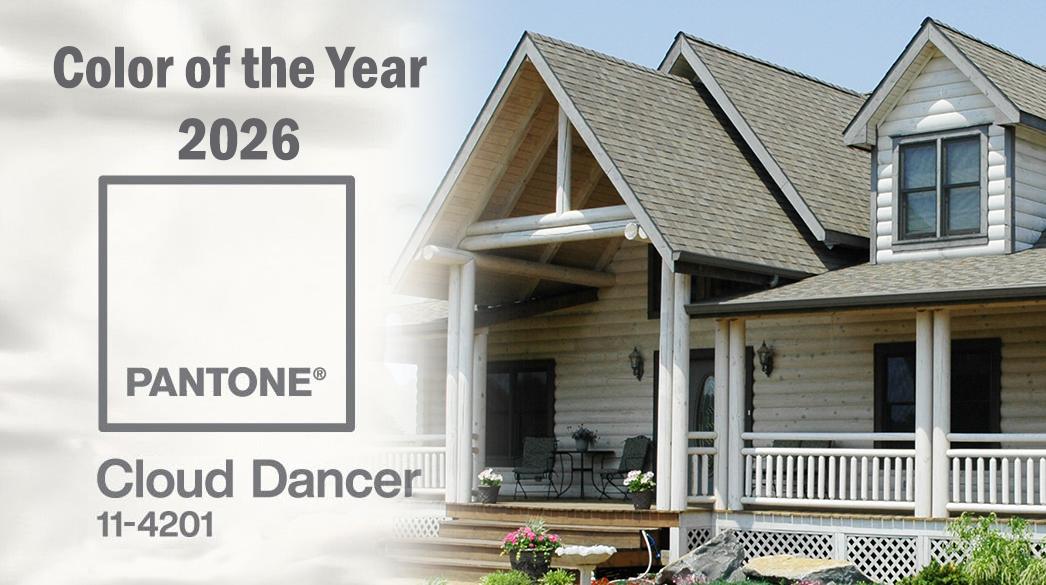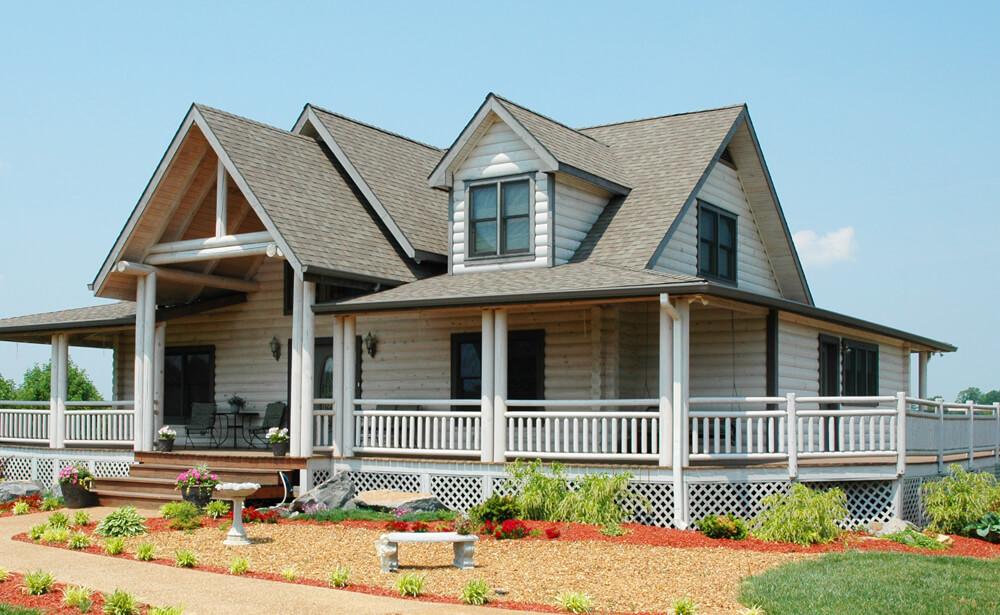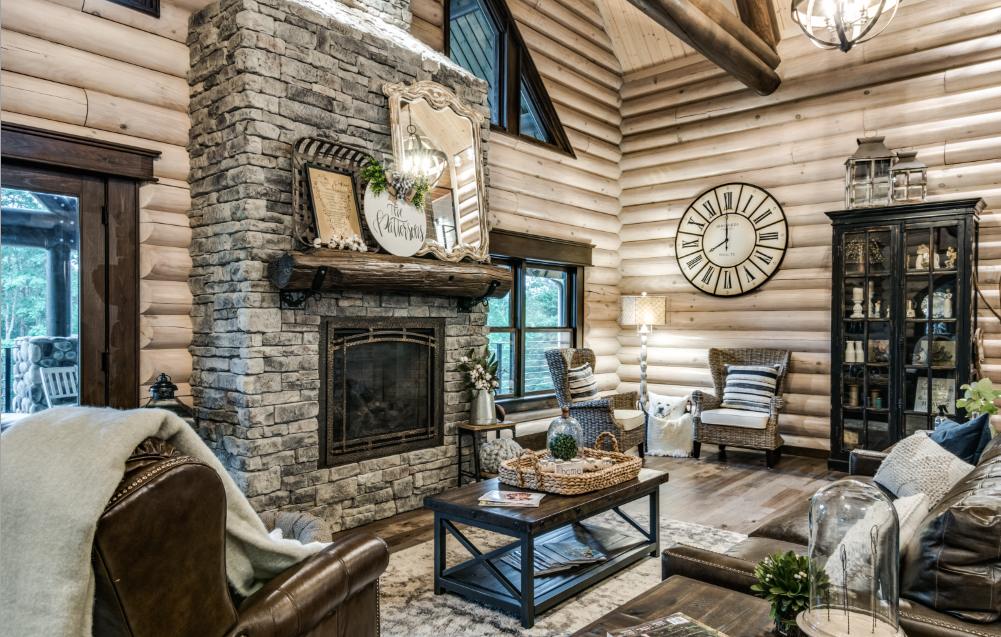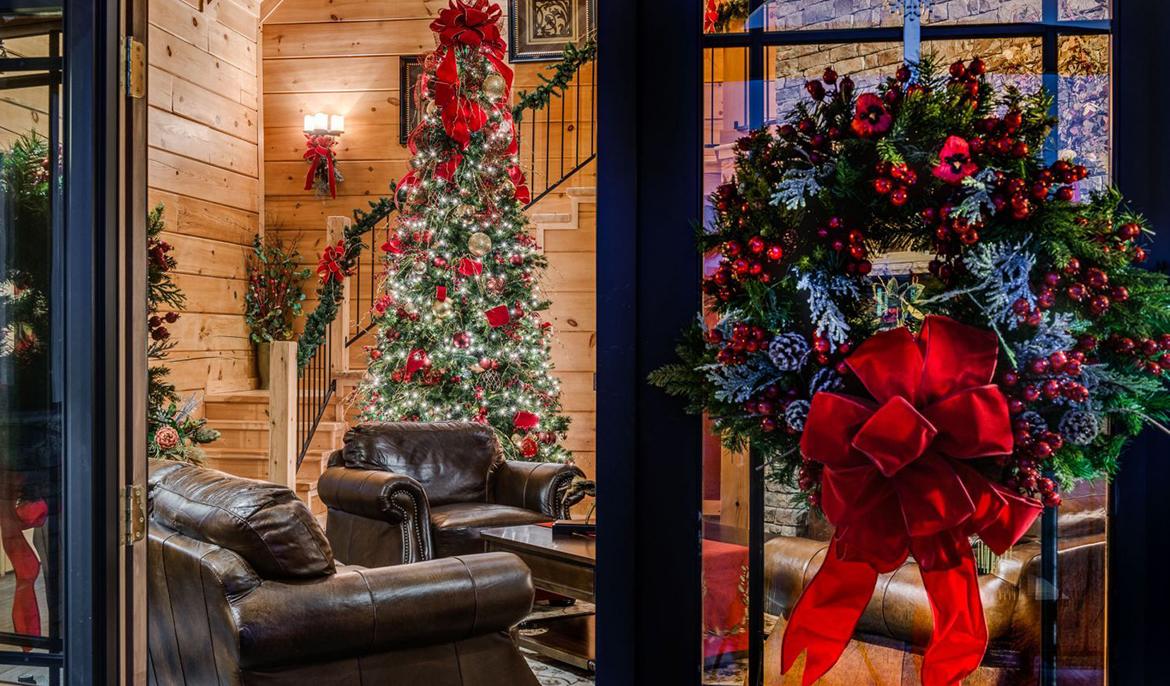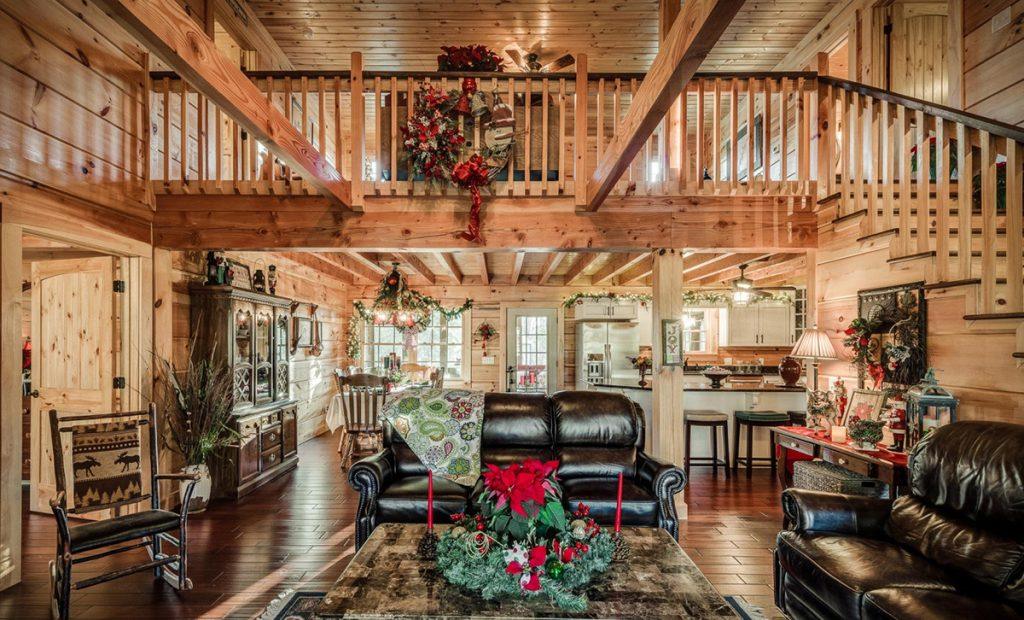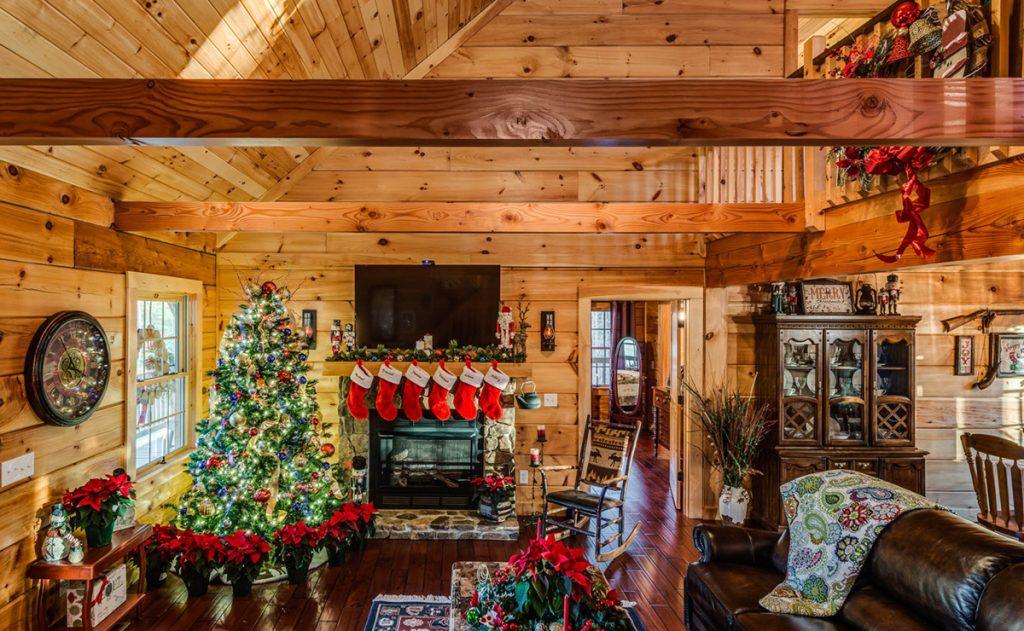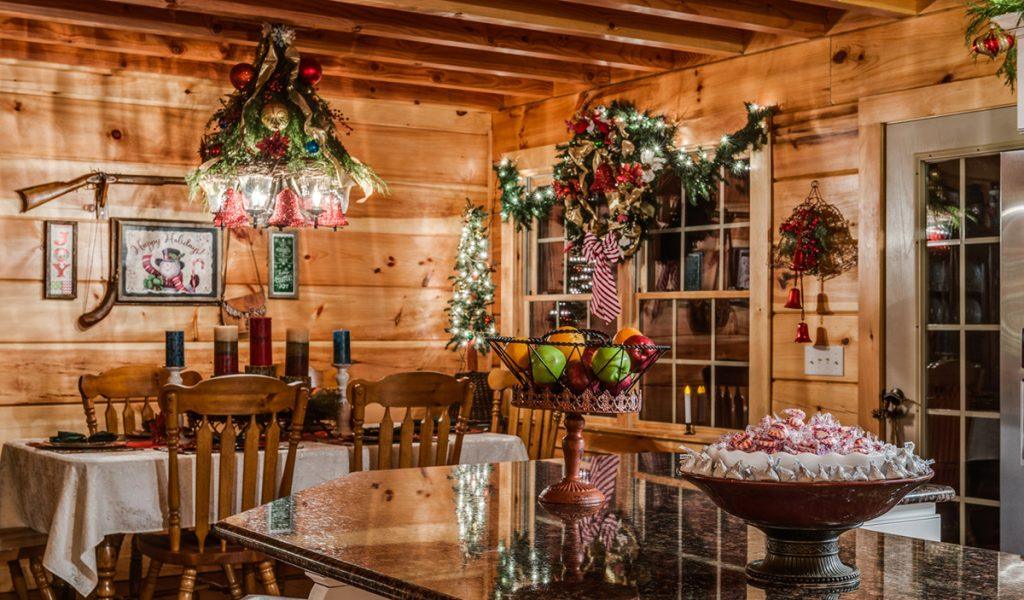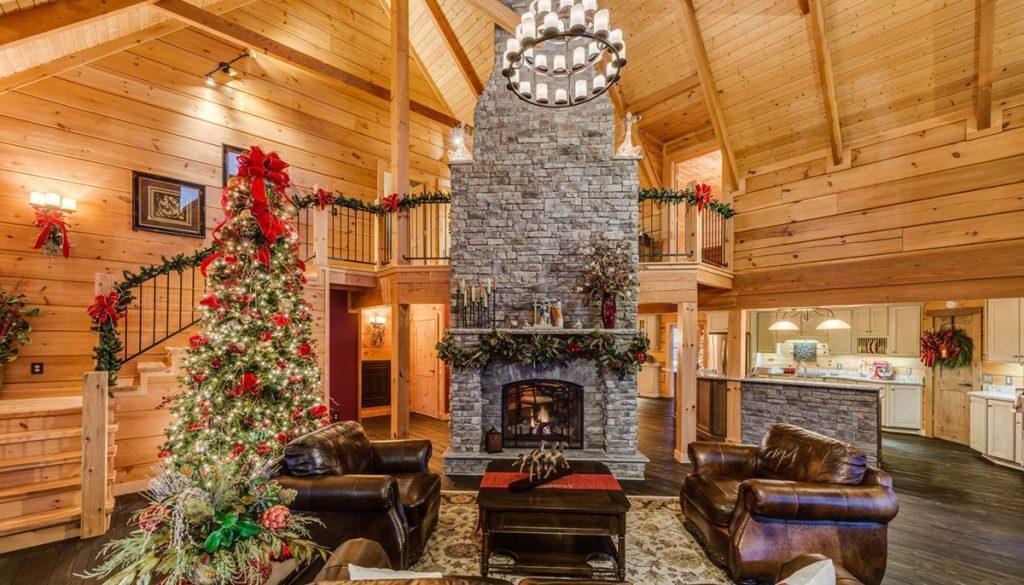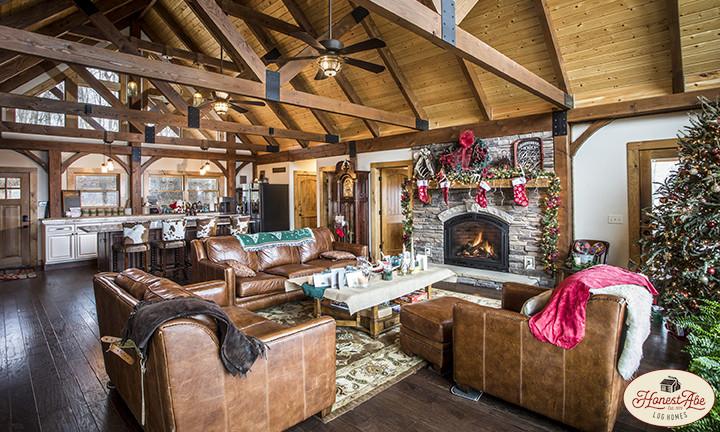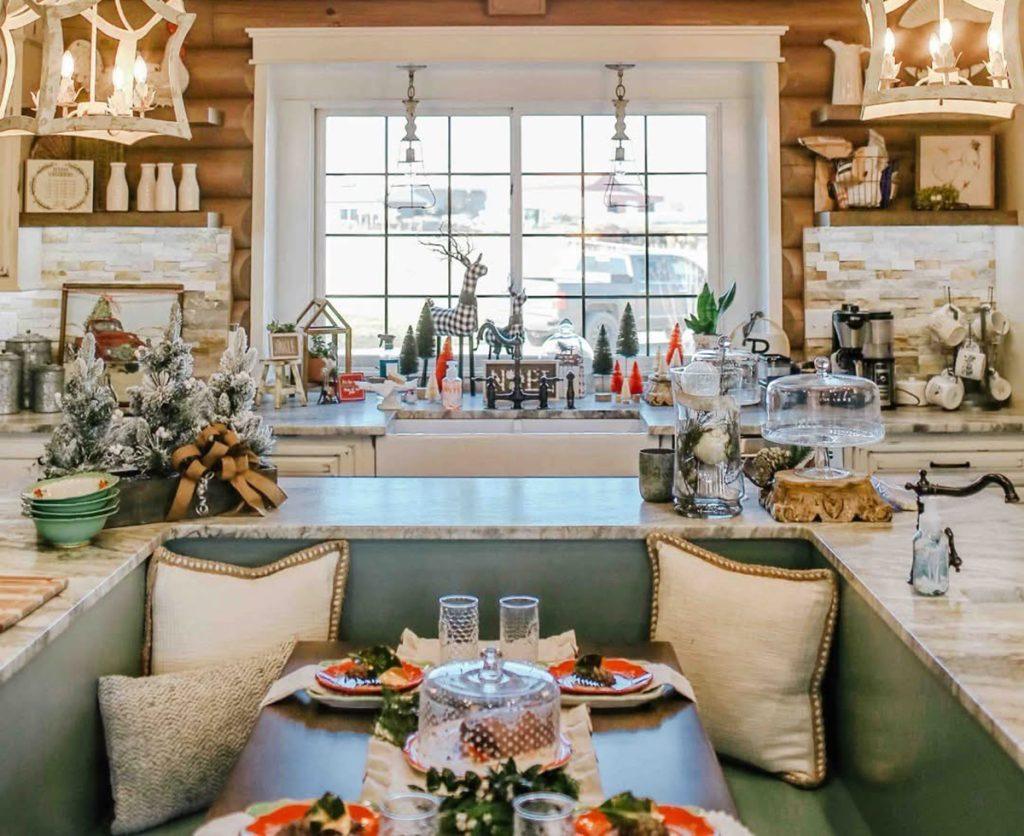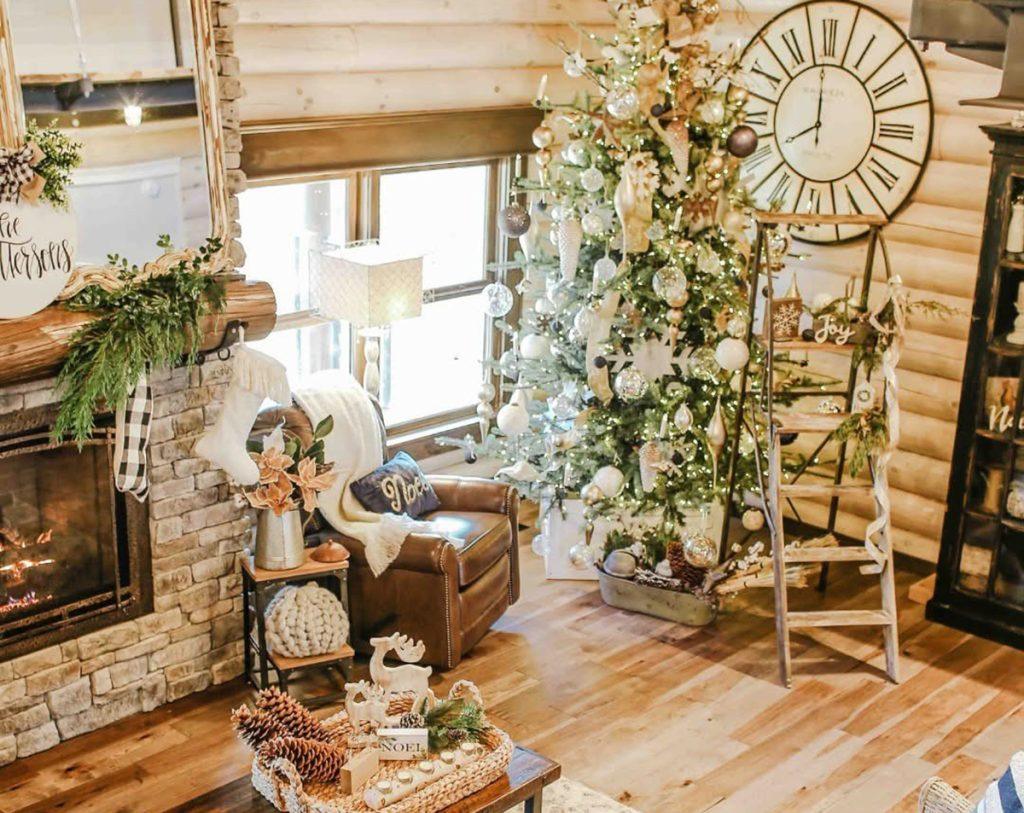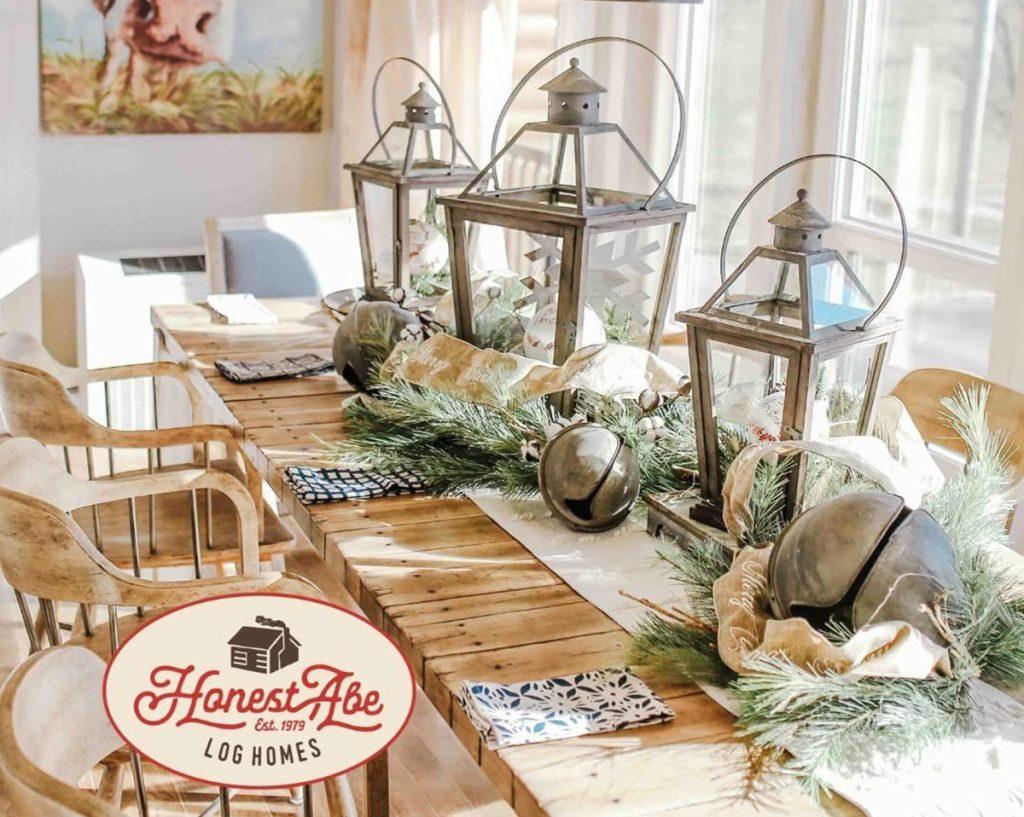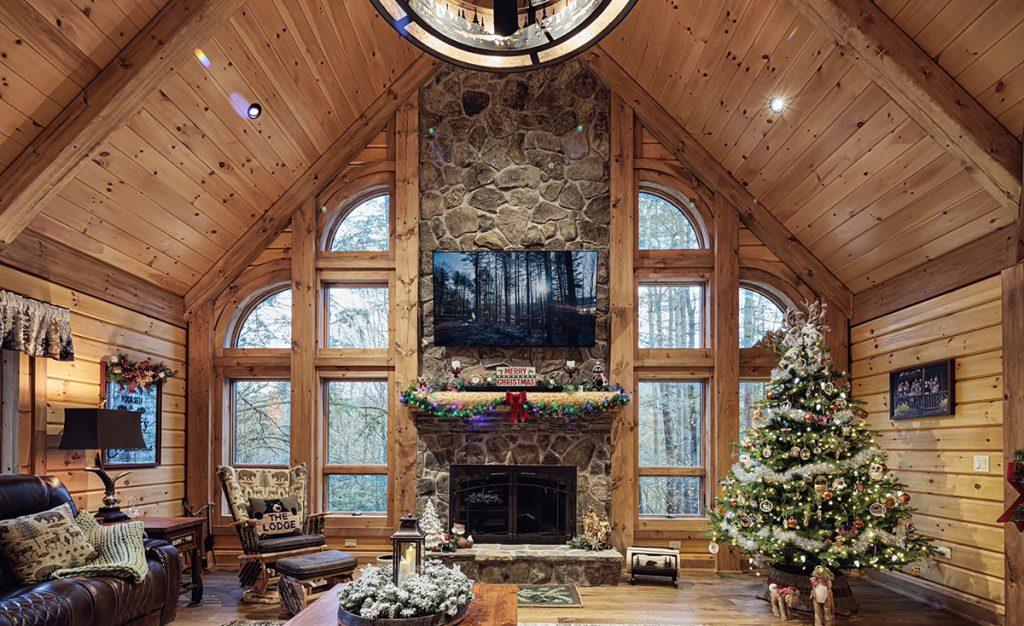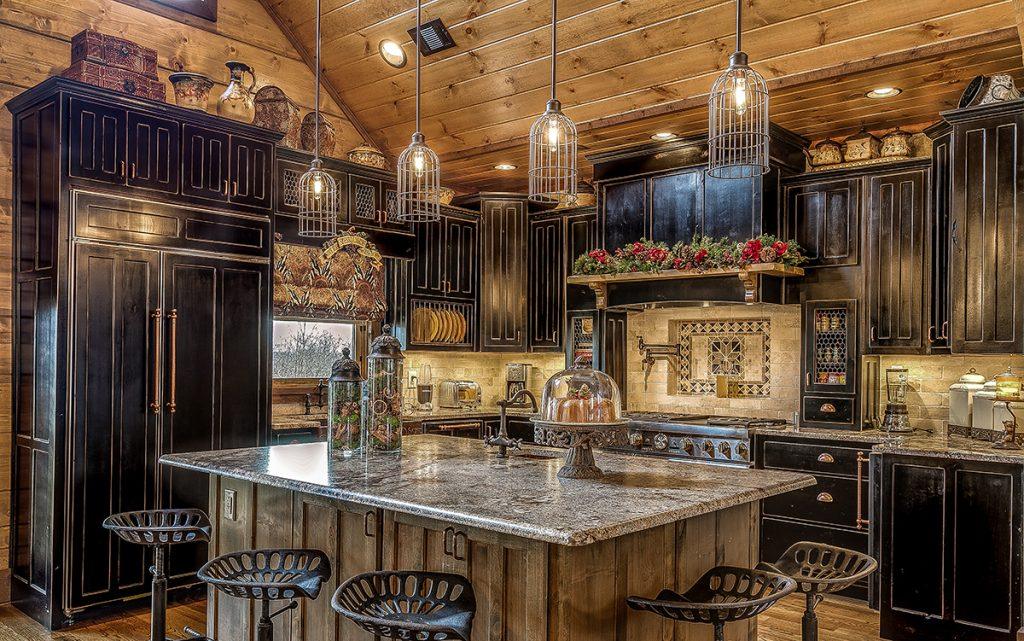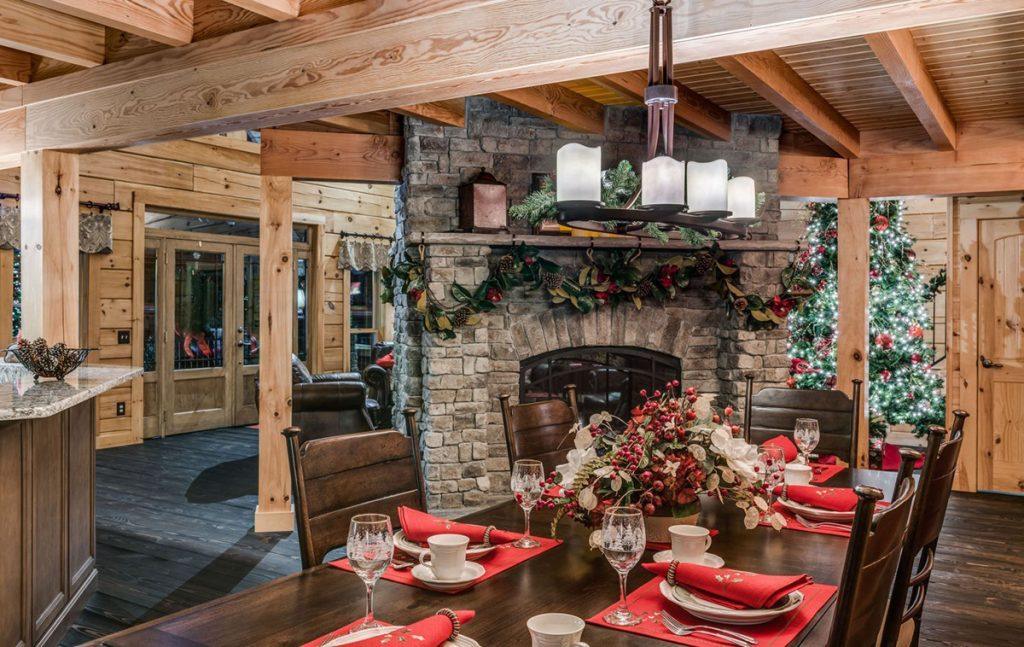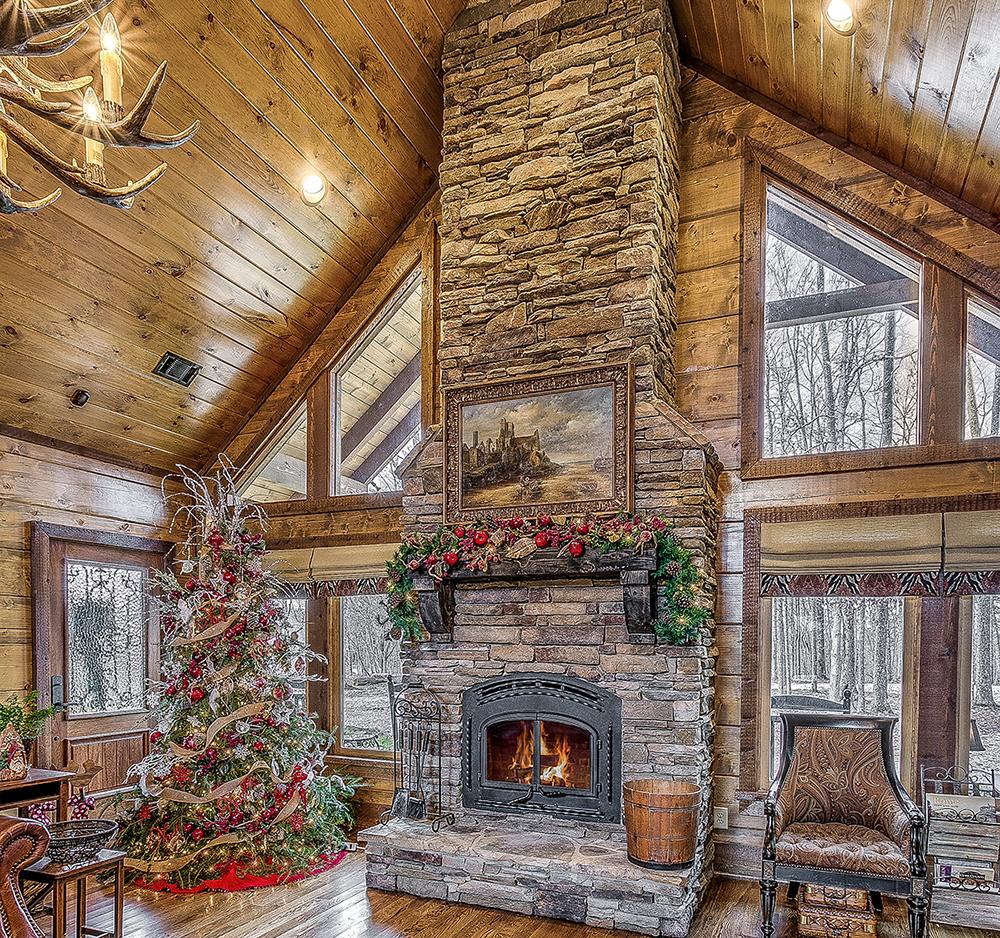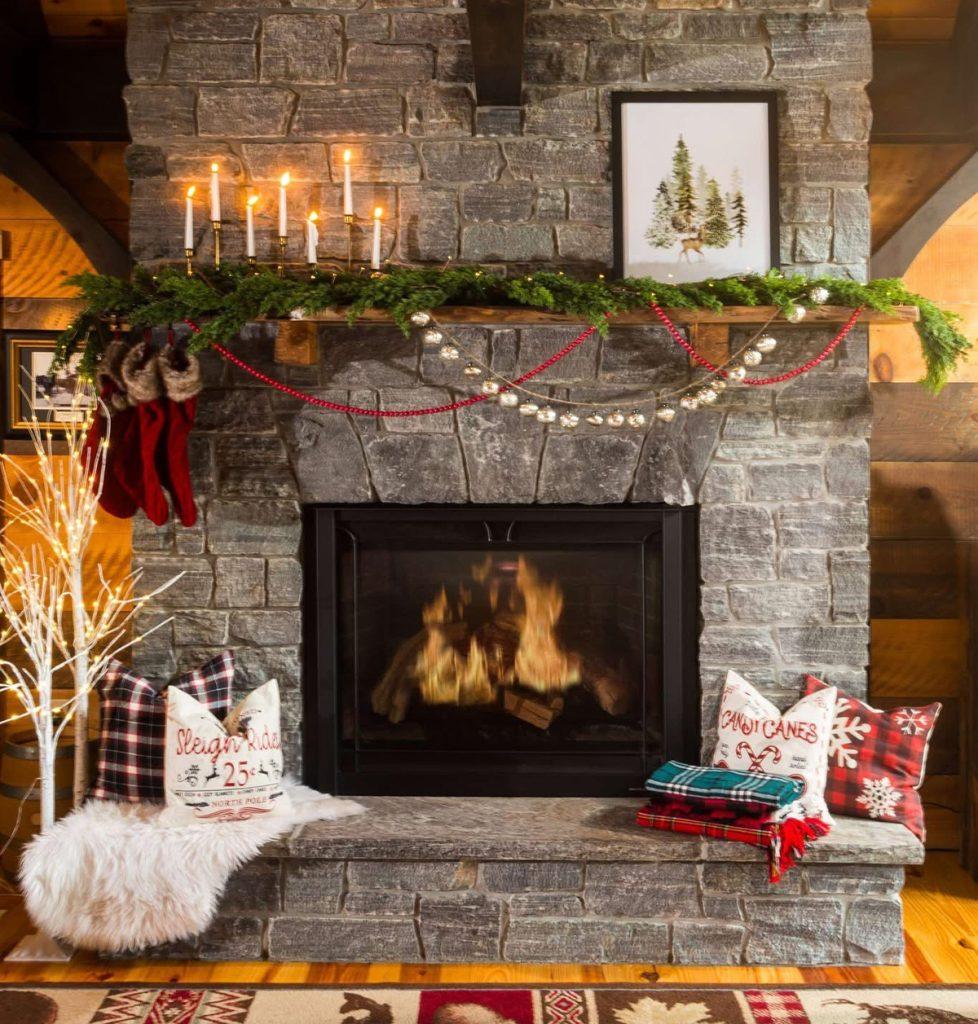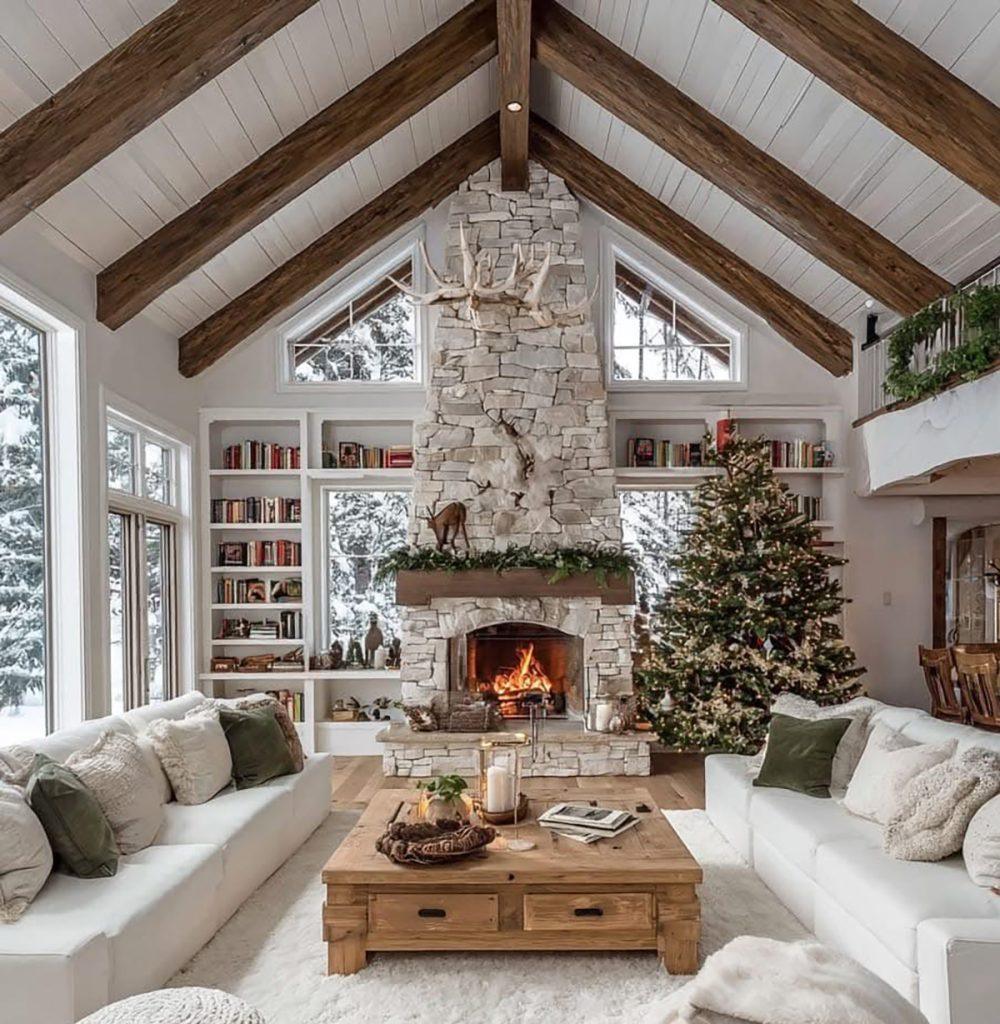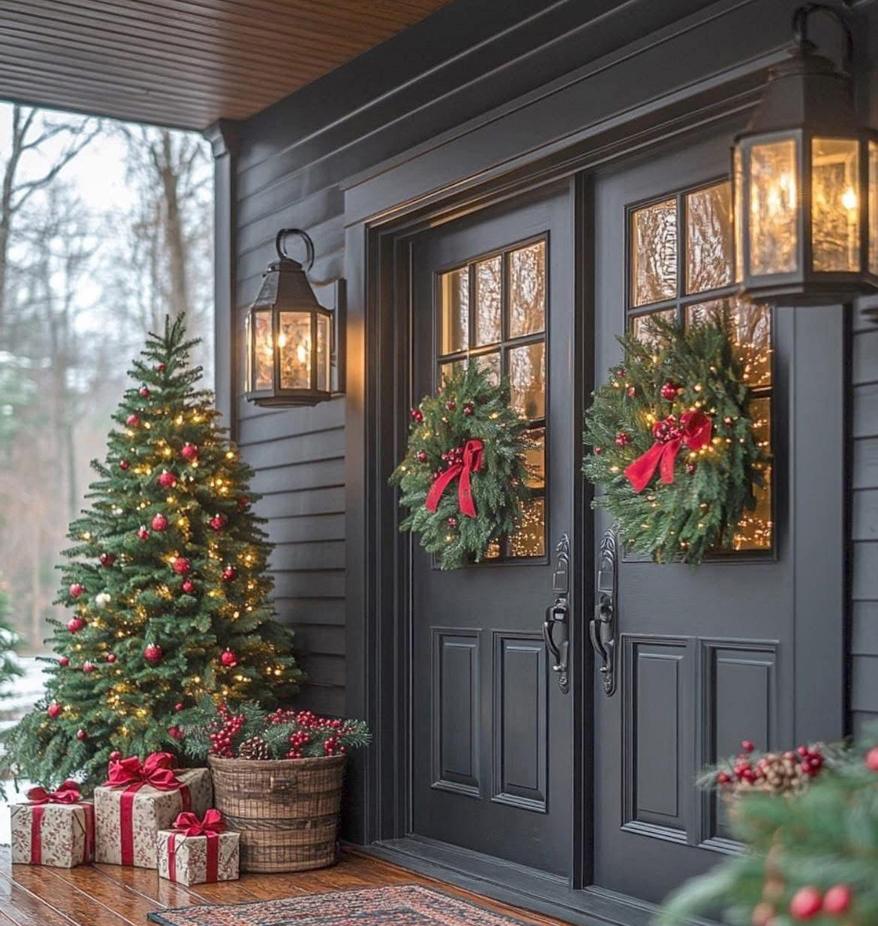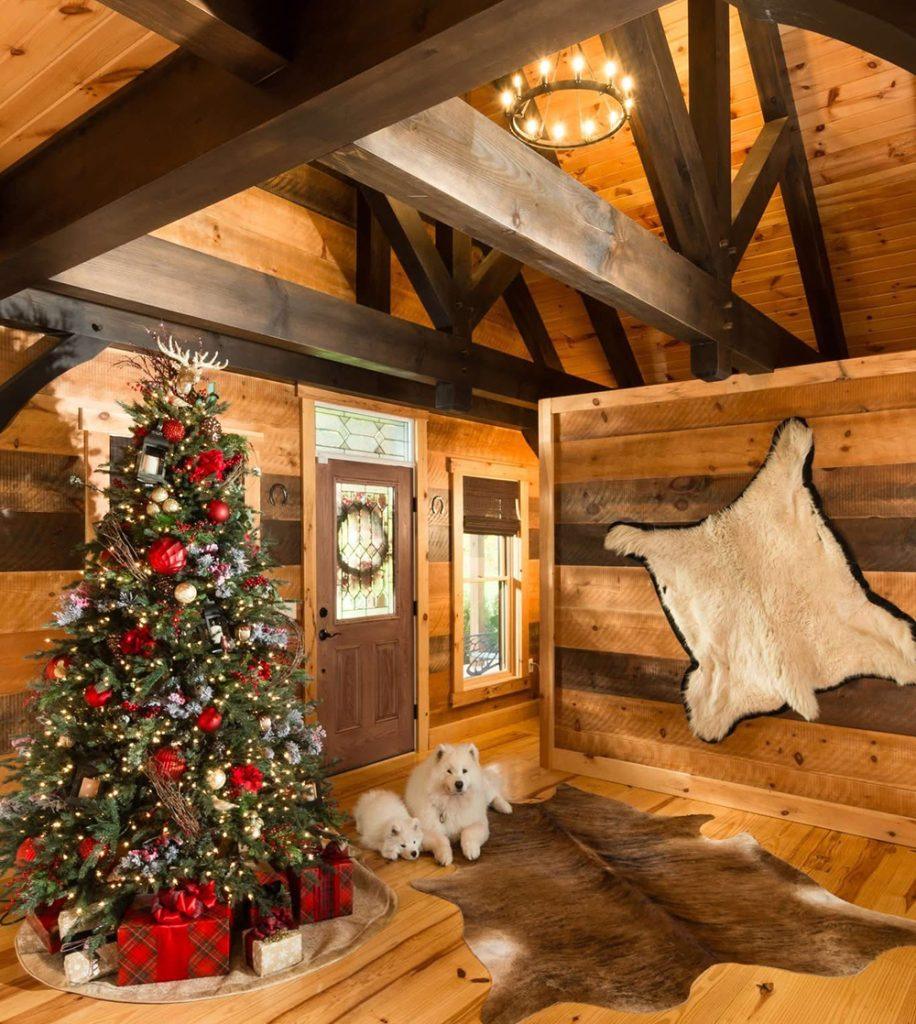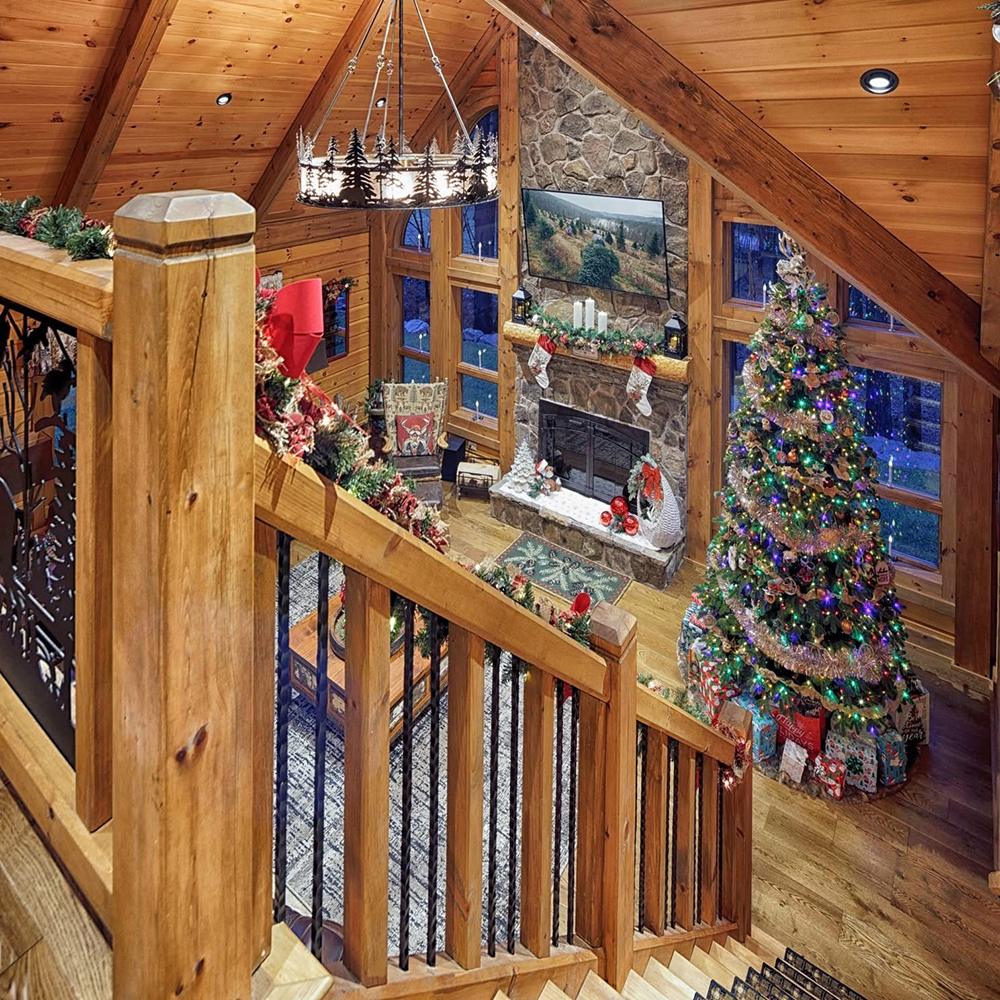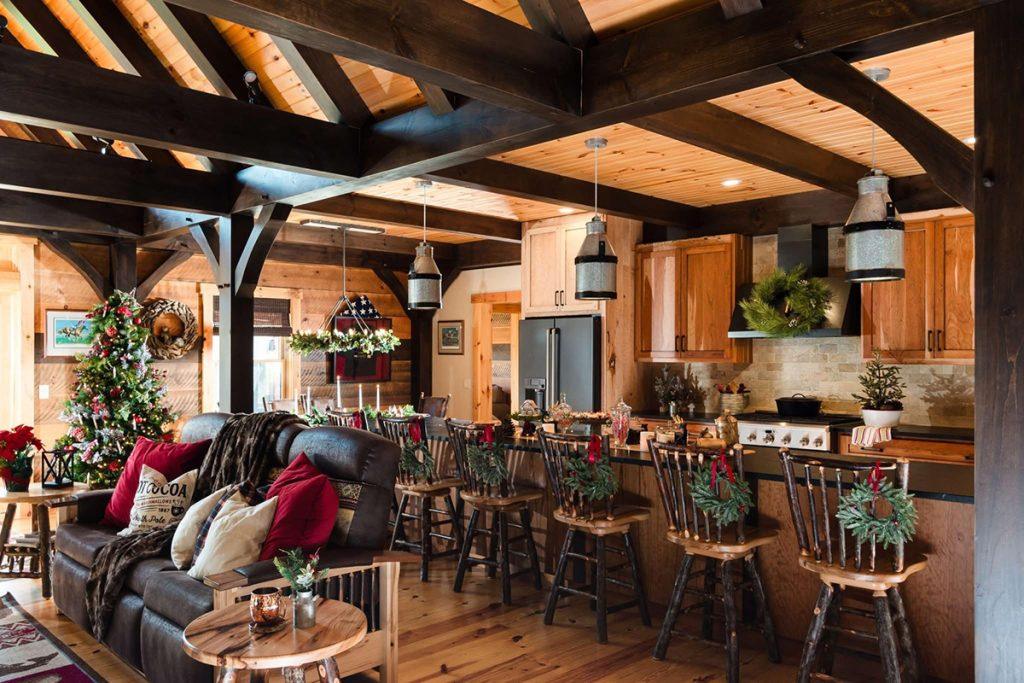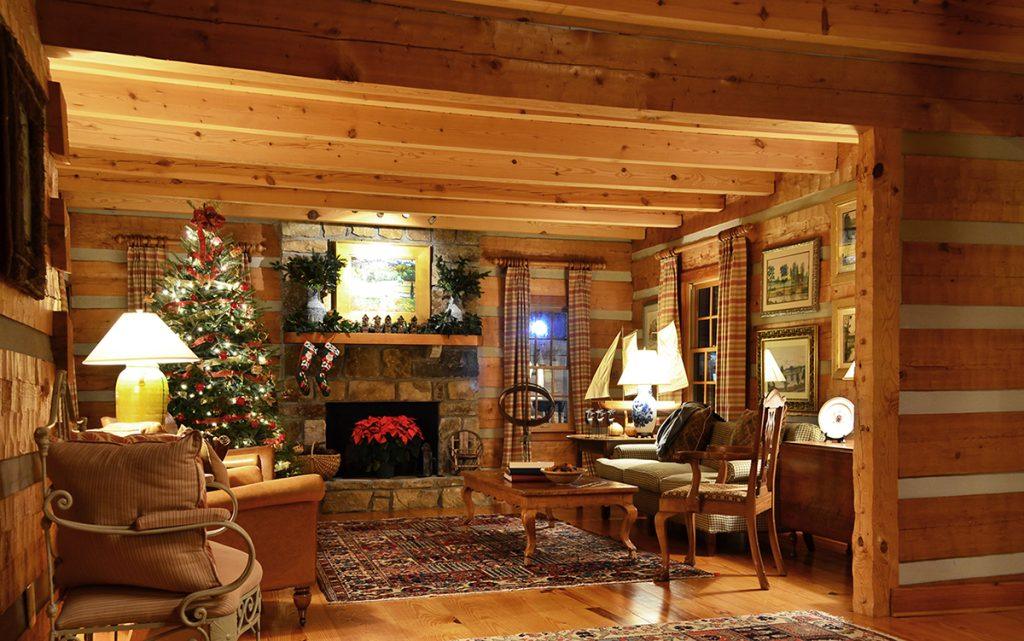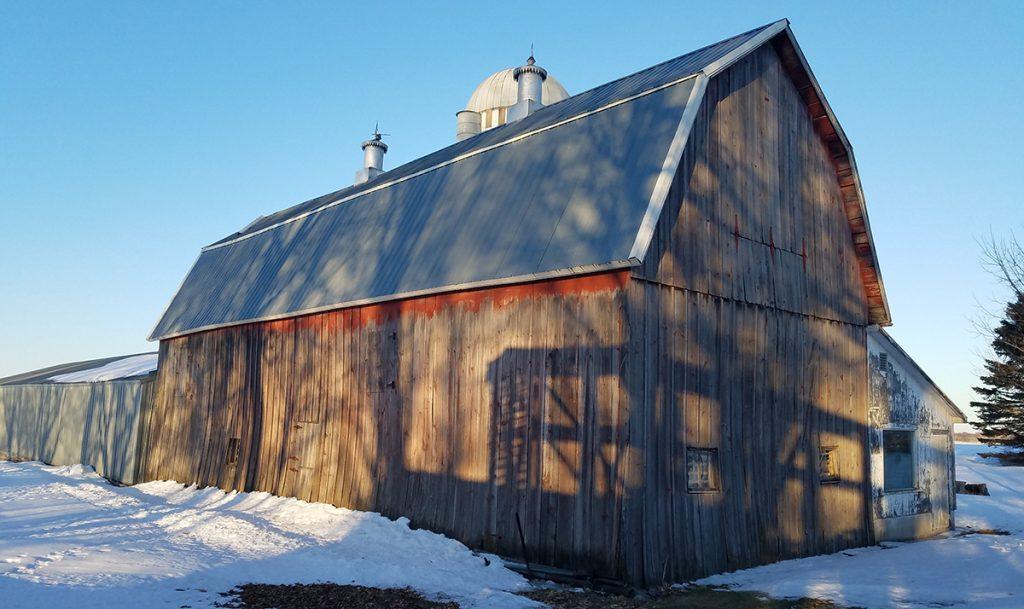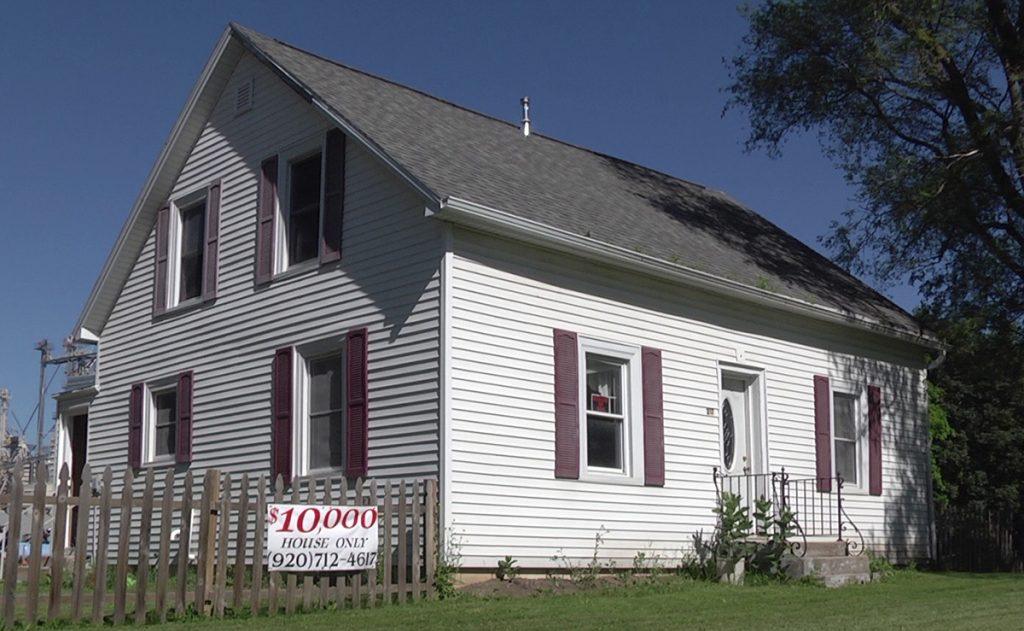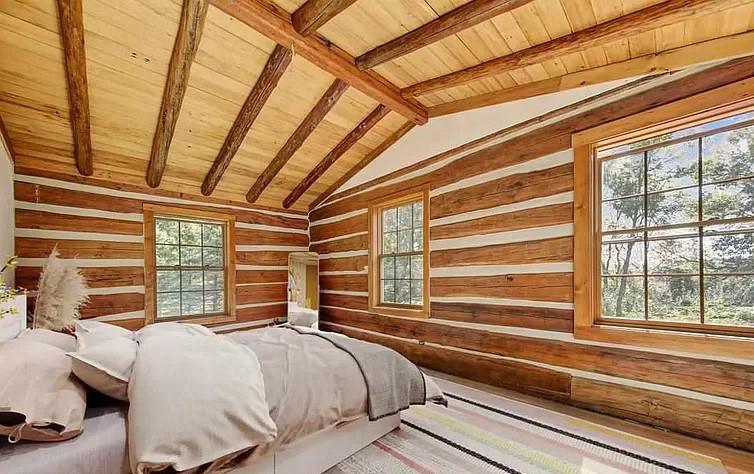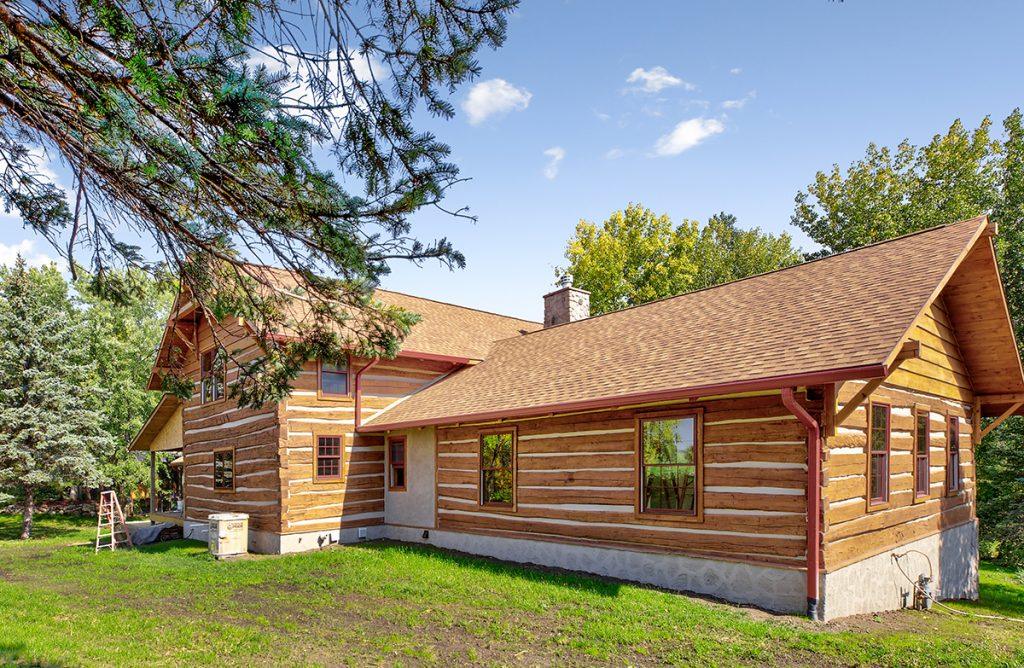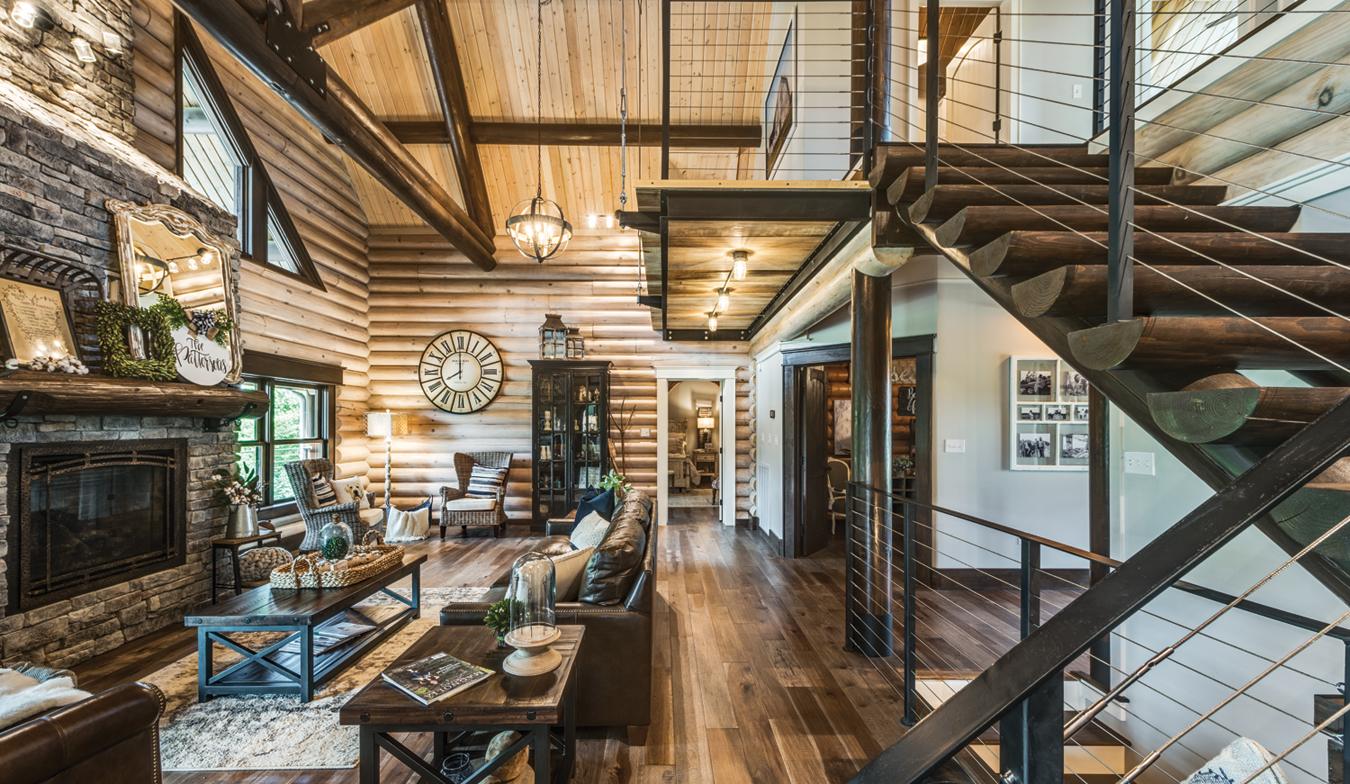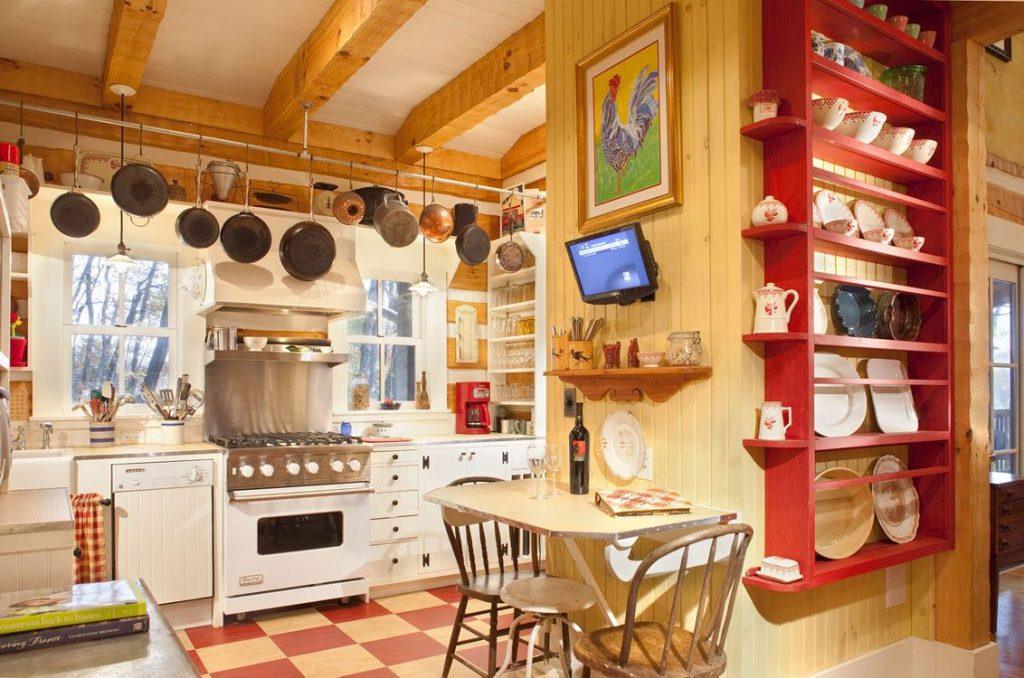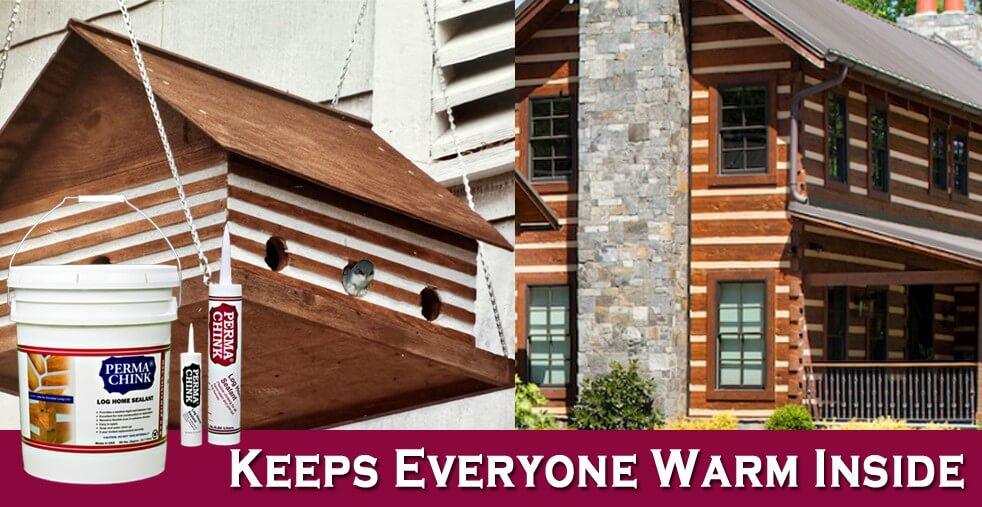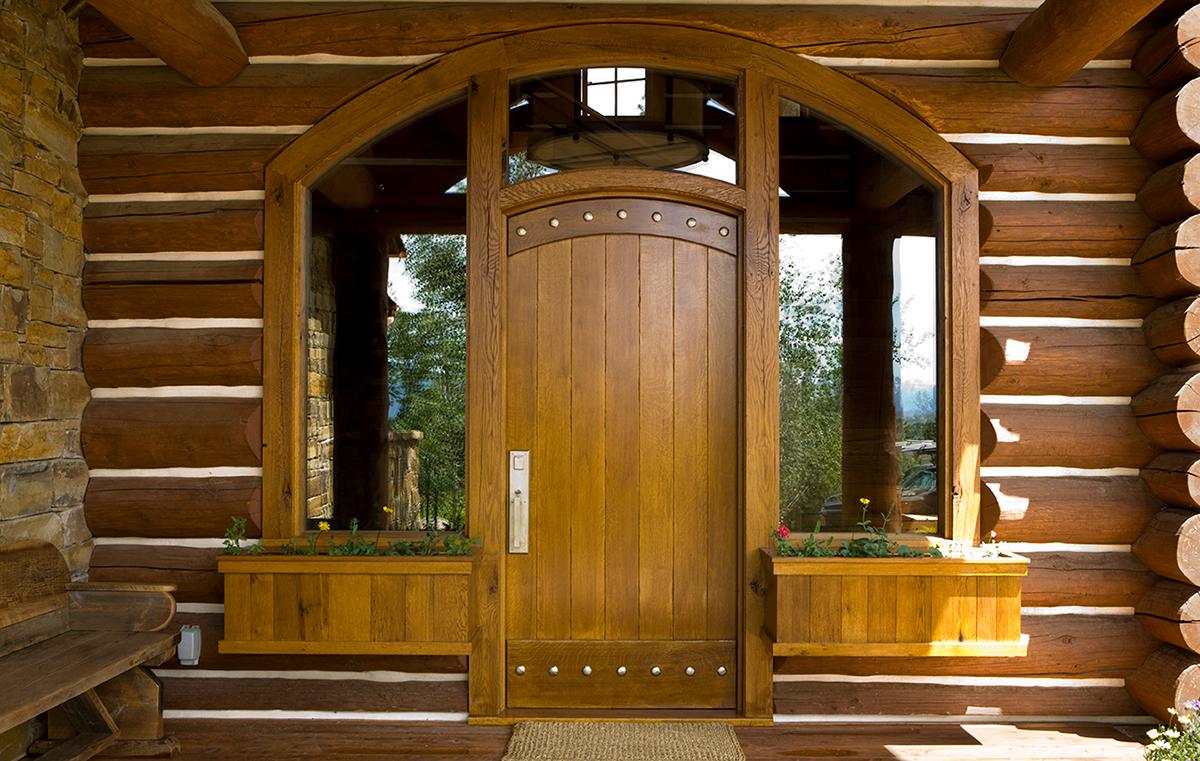If you live in or near the woods, you probably have a variety of rodents that also occupies your surrounding area. Most rodents like to gnaw on wood and if your log home is accessible to them it may become the target of their gnawing activity. Although field mice occasionally work on the exterior of a home, most of their effort is devoted to finding a warm place to spend the winter. If you seal up all of the potential entrance points, especia lly around the foundation, you will prevent their taking up residence inside your home. Just remember that they can squeeze through unbelievable small openings so you need to do a thorough job.
Squirrels and Porcupines
Almost all of the log home wildlife damage we see is the result of gray squirrels. However, flying squirrels are commonly found in many parts of the country, and they, too, can cause wood damage. But since flying squirrels are extremely shy and nocturnal, they are rarely seen. Squirrels chew on wood for two basic reasons, they are attempting to get inside where it’s nice and warm, or they are trying to extract salts that may be contained in the wood. This problem is most common on wood that has been bleached or borate treated since the sodium salts contained in bleach and borates provide essential nutrients to these animals. If this is the case, in addition to trapping or elimination, there is another method that may help prevent them from damaging your home. Go to your local co-op store, buy a salt lick and place it where it is accessible to these animals. The salt lick will supply the mineral nutrients they require, and it is a lot easier for them to obtain what they need from the lick than it is by chewing on your home. Porcupines too have a ravenous appetite for salt and this method may work for them as well.
Some people have reported success in preventing animals from chewing on their wood by coating it with a repellent containing Bitrex, a very bitter substance added to many household products to prevent small children from drinking them. One product specifically designed for this purpose is Ropel® available from Nixalite of America, Inc. Information is available online at www.nixalite.com/ropel.aspx or call them at 888-624-1189. Never attempt to add any of these type products to a stain or topcoat, they are not compatible with many types of finishes. They are made to be applied on top of a dried finish, not mixed in with it.
Occasionally animals will gnaw on a home just for the fun of it. In these cases, trapping and relocation may be the best and only solution.

